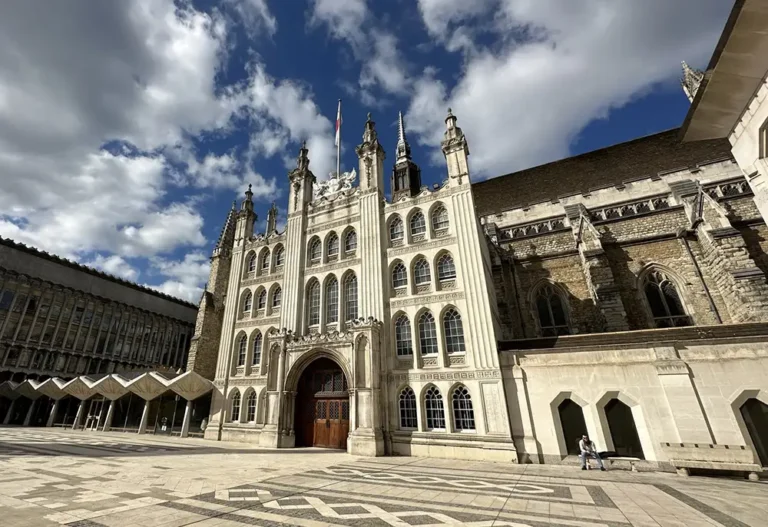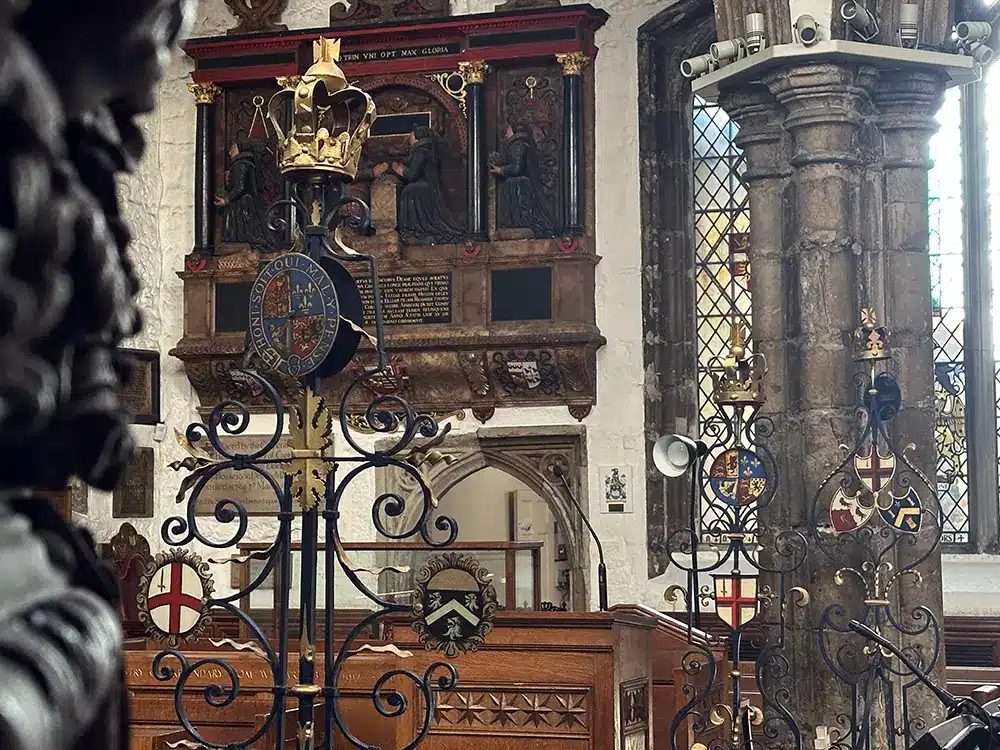I am often asked what is my favourite place to explore with guests in London.
Like the Thames this ebbs and flows. It changes with the seasons. I see places that I know or think that I know before encountering afresh at a different time or date when the light newly falls and the clouds form a different narrative on the structures, spaces and happenings occurring in and around them.
It would be a lie to say that there is no consistency but there is always the potential for surprise. My temperament also no doubt plays a role, though typically if I am walking I feel buoyant as the firing up of endorphins tend to affect one’s mood in a positive direction of travel. On occasion mild inebriation may also have an effect for good or ill though generally the former.
The City of London is probably my favoured spot in the centre of town. This is the district that traces its history back to London’s Roman foundation and often has the advantage of being relatively deserted when outside of office hours though it can be a pain around lunch time (unless one has a completely free hand as where to be).

It has an ancient energy to it. Very few people actually live there these days following the exodus that began in the 19th century with the advent of the railways and the metropolitan legacy of a couple of millennia of human occupation began to take its toll with creaking graveyards and cramped spaces. So, today we are almost all passing through it, we dwell for hours rather than lifetimes before making our escape.
Wander through some of the alley ways, courts, passages and even some of the thorough fares on a Sunday morning to the sound of the church bells ringing as they have over the past thousand years and it is a place that offers up stories at every corner.
I think that when I have described this experience as one where I can sense the breathe of my ancestors ghosts upon the back of my neck, people probably think it is just for effect. I genuinely do though and this is part of the romance of it all for me. This is not a place to be for spotting for celebrities – well at least not living ones – but it is where the trails of the city’s stories and the worlds beyond, that one at the heart of such an influential national narrative can be found.
It is the most striking mixture of architectural chutney, where period, styles and materials have been spliced, diced and then pickled in the confines of the district. I realise that this is a problematic metaphor for me. I am naturally suspicious of chutney, unless I know what is in it and who has made it. I have never touched the stuff when served to me on a plate.
I am a defender of heritage but an enthusiast of the modern and what can be achieved in the built environment. I fear sometimes that the more interesting chunks of the new are perhaps being taken out of whack by the increasing puree of internationalist style white collar factories. The problem with a chutney is that bigger the chunk; the blander the mix. The texture can be very much held in the flavour.
Medieval churches and Roman ruins set against modern marvels is one thing but when the modern starts to become mediocre and more common place, then there is loss of balance. Were I not to have a natural aversion to this kind of adventurous culinary alchemy, I would favour a well balanced mix with strong flavours and reliable textures.
The most satisfying chunks architecturally for me would be the Guildhall, St Paul’s, the Barbican complex, the Monument to the Great Fire, Lloyds, Leadenhall Market, the Gherkin, the Leadenhall Building and St Olave’s Hart Street.
St Paul’s and the Monument connect with that thrilling period of the seventeeth century polymaths who regenerated the city’s skyline with soaring spires amidst a spirit of unprecedented innovation in England at least. Much of that skyline was lost not by German bombers but Victorian town planners.

Lloyds, the Leadenhall Building and the Gherkin are the cream of the crop from our own epoch. Richard Rogers and Norman Foster were children of the post-war architectural revolution. Both produced studies exploring future visions for how London may develop and how Londoners may inhabit it. These are not to be treated entirely without criticism but I admire the spirit of innovation. If the Palace of Westminster were to burn down tomorrow, it should be replaced by a building in the vein of Lloyds, as for me it is its equal though this would never happen as rather like the venerable work of Charles Barry and Augustus Pugin, Rogers’s masterpiece has proven to be hugely expensive to maintain.
Walk through Leadenhall Market over its cobbles and the city’s capacity for enabling time travel is manifested within the confines of its decorative columns and canopies. It is something of a time warp, best experienced outside of working lunches and in moody weather when the civility of shelter the market affords is especially welcoming and thoroughly endearing.
The Guildhall is one of the great survivors of the City of London’s story. Construction began in 1411 and it took significant hits with the Great Fire of 1666 and the Blitz in 1940. The medieval core is flanked by the neo-classical Guildhall Art Gallery, the bordering on brutalist Guildhall Library from the 1970s and the mid-20th century City of London Corporation offices on Bassinghall Street and King Street. On the southern side of the Guildhall Yard – under which the Roman amphitheatre was discovered in the 1980s – is St Lawrence Jewry designed by Wren. You have here layers of nearly two thousand years of history to contemplate. It is the City of London before the skyscrapers of the nearby city cluster began to sprout.
Finally, St Olave Hart Street, one of the few churches to survive with tangible medieval fabric and something of a country church – as John Betjeman opined – in the heart of the city. The place offers sanctuary from the rapid currents of financial enterprise and recurring panic that flow around its ancient structure. It is home to beautiful music with enough historical links to make it worthy of a separate post, though two are worthy of mention in the context of this post namely Charles Dickens and the diarist Samuel Pepys.
These two great storytellers did the one thing that opened up to them pages of London and especially the Square Mile’s story. They walked the streets.


